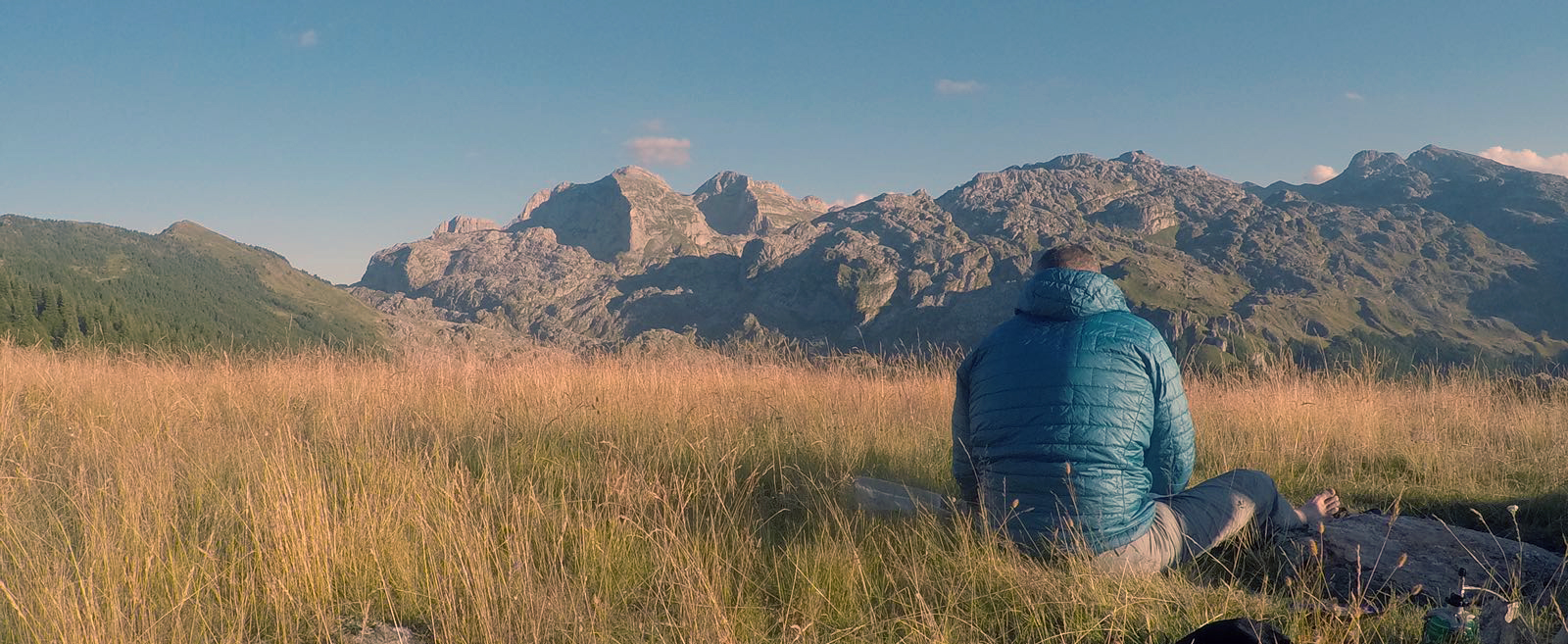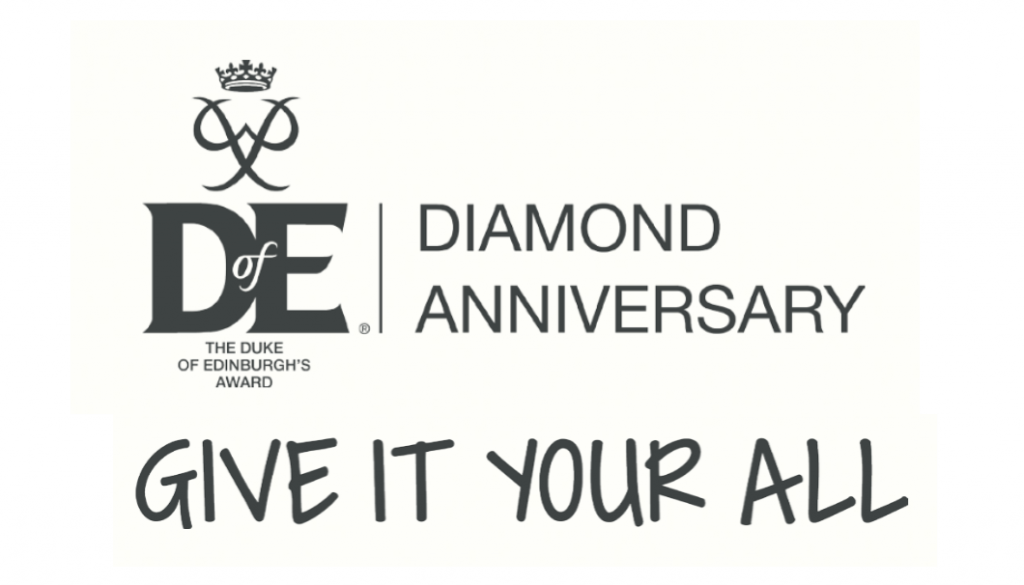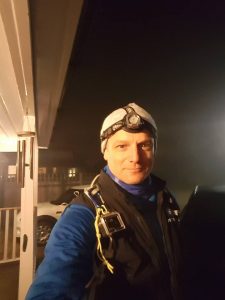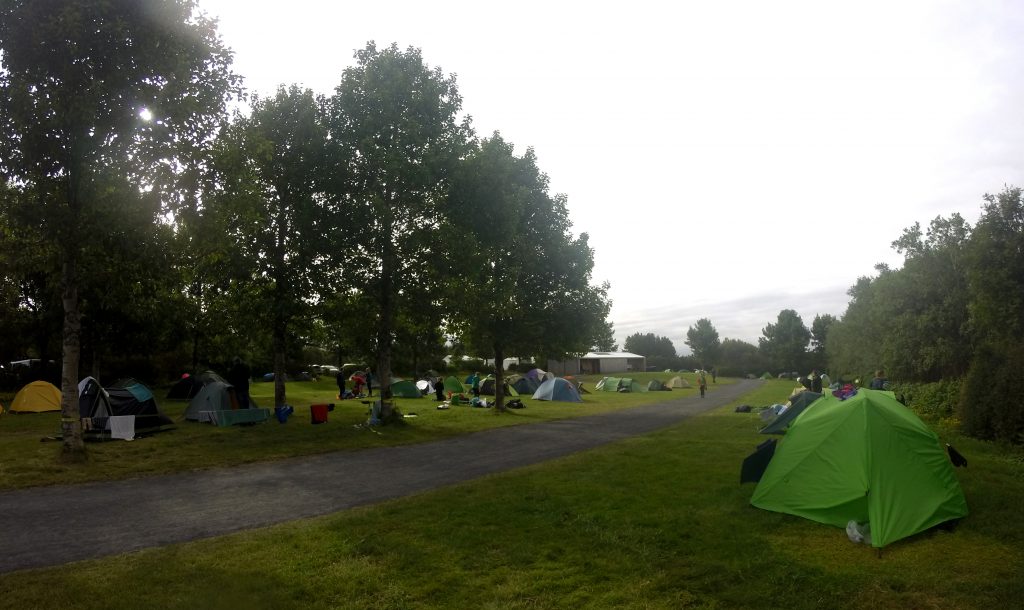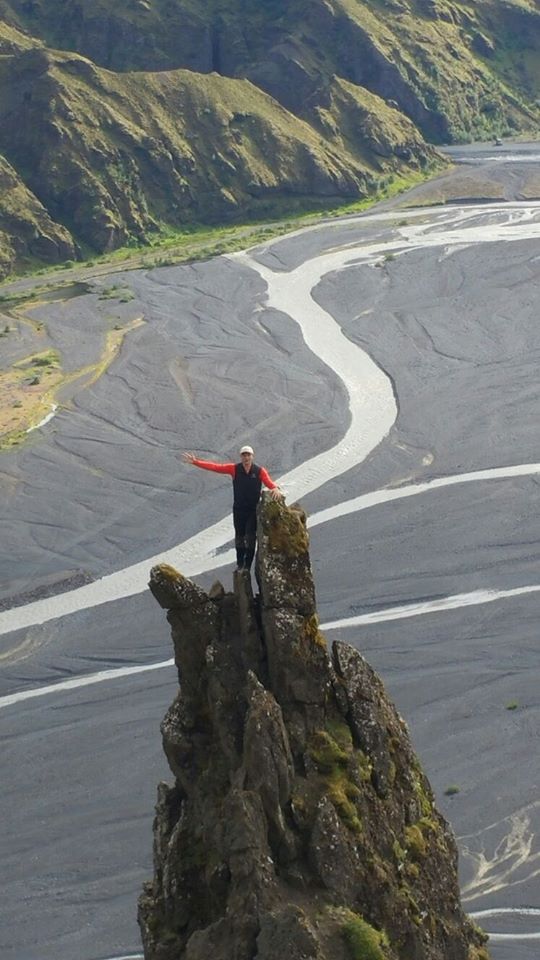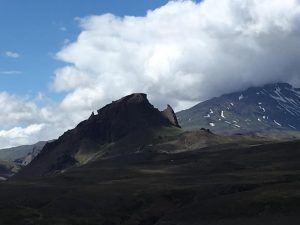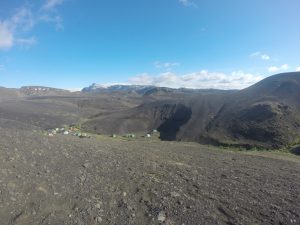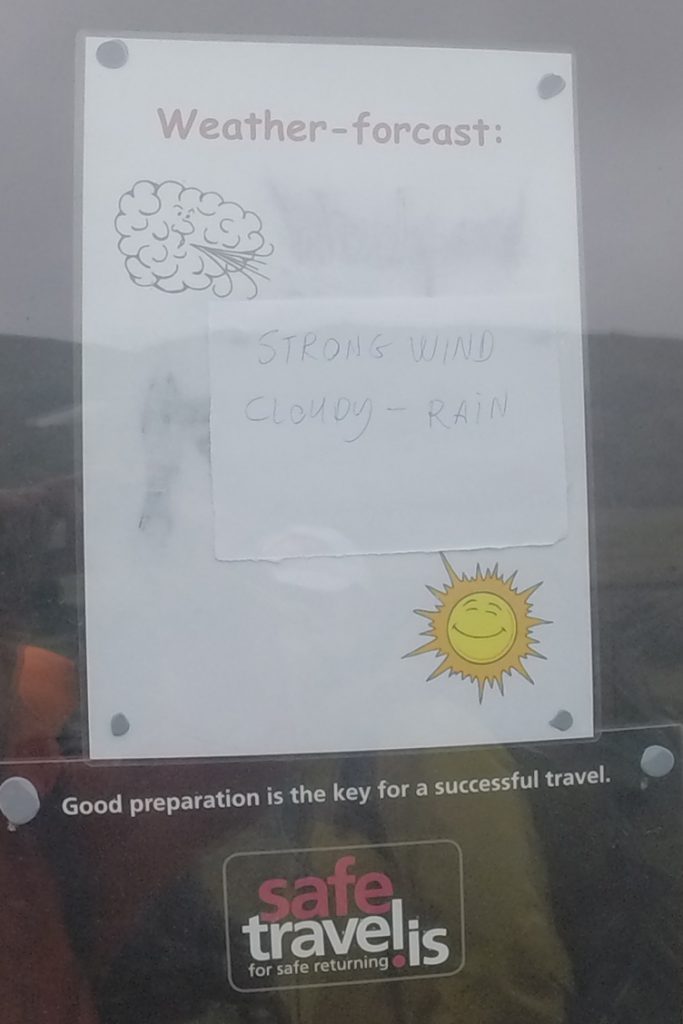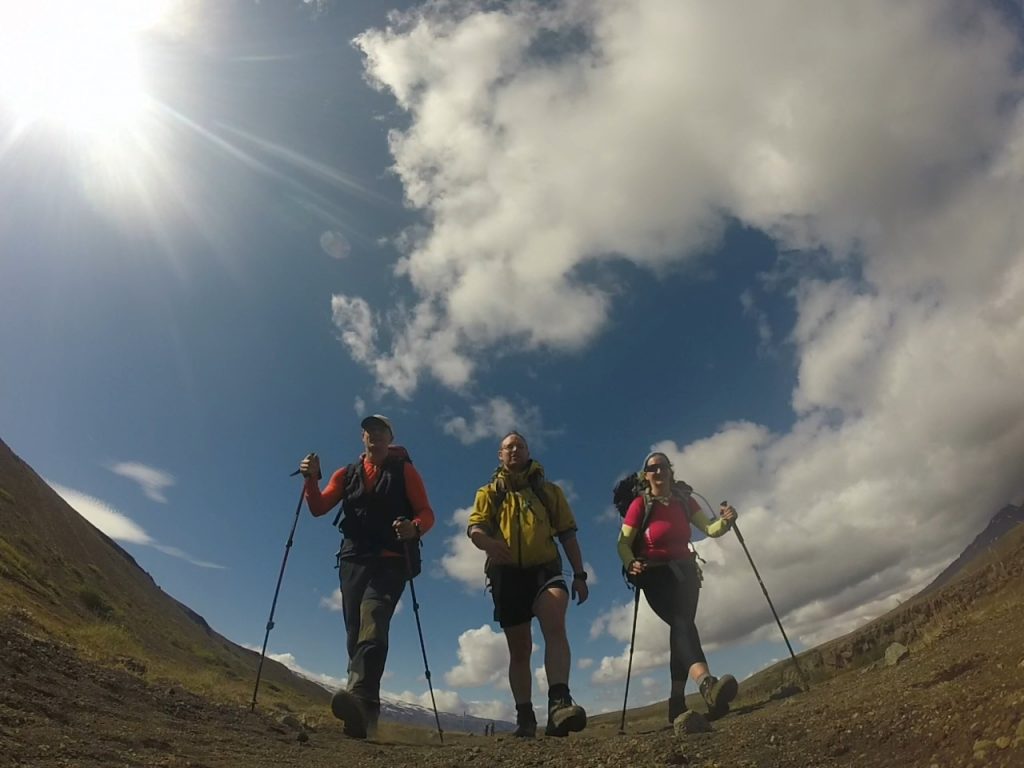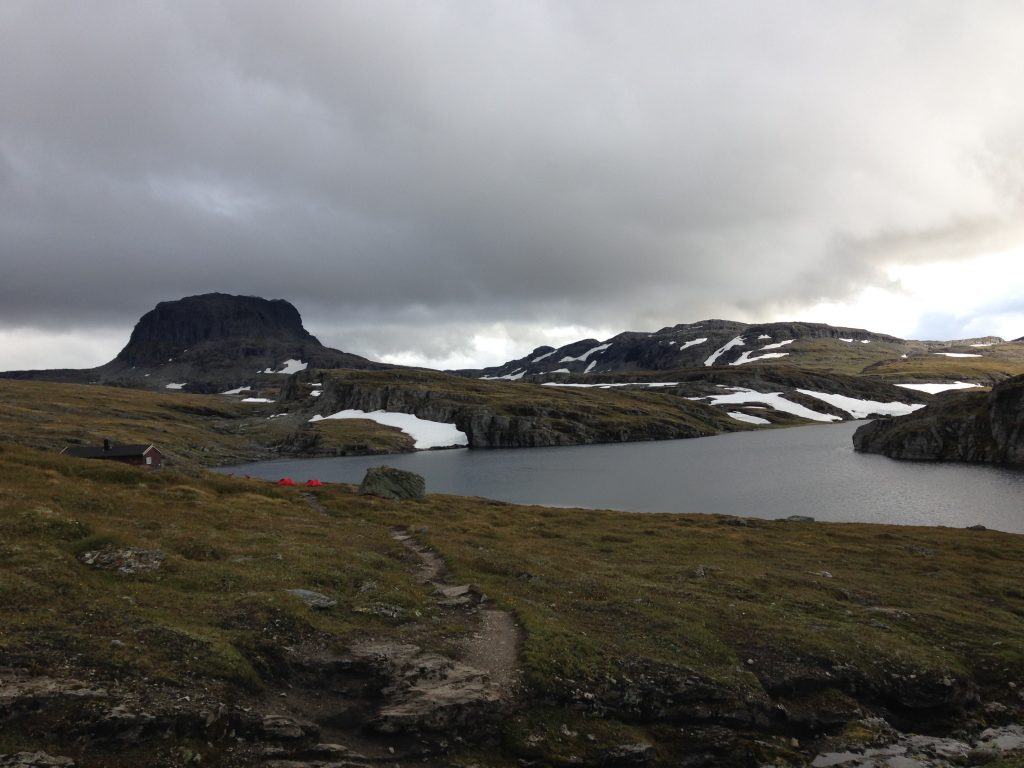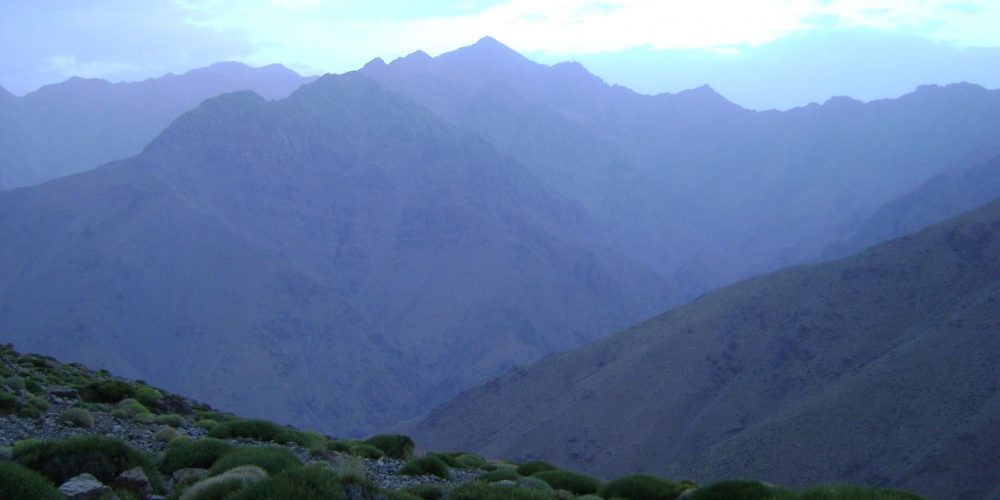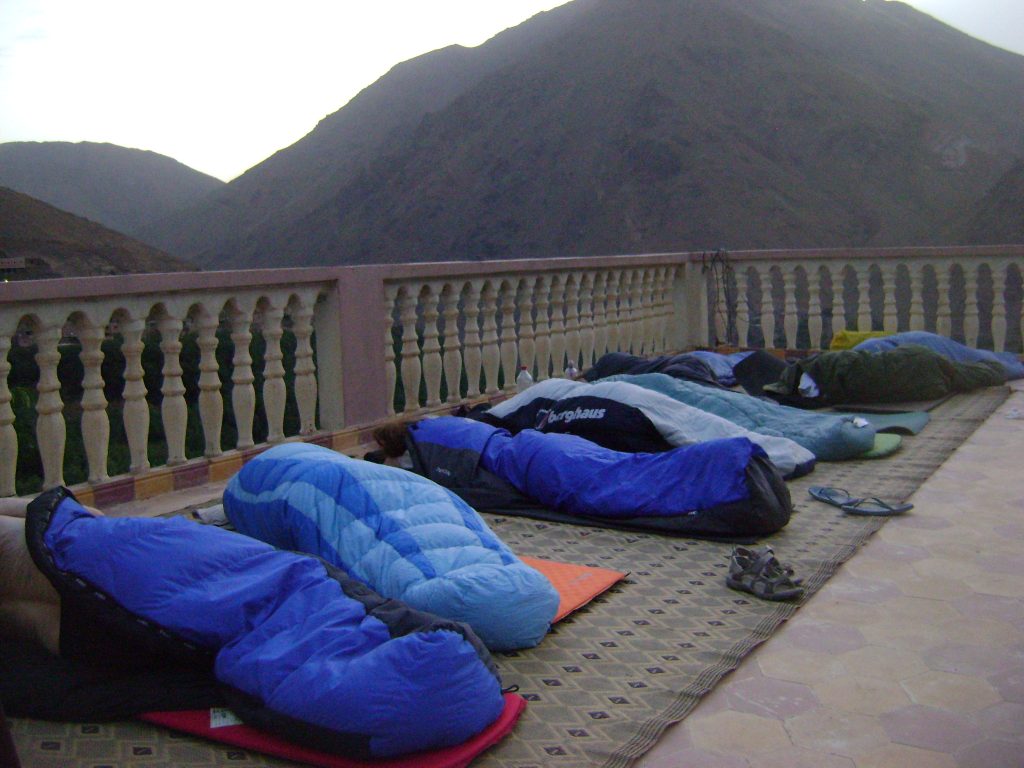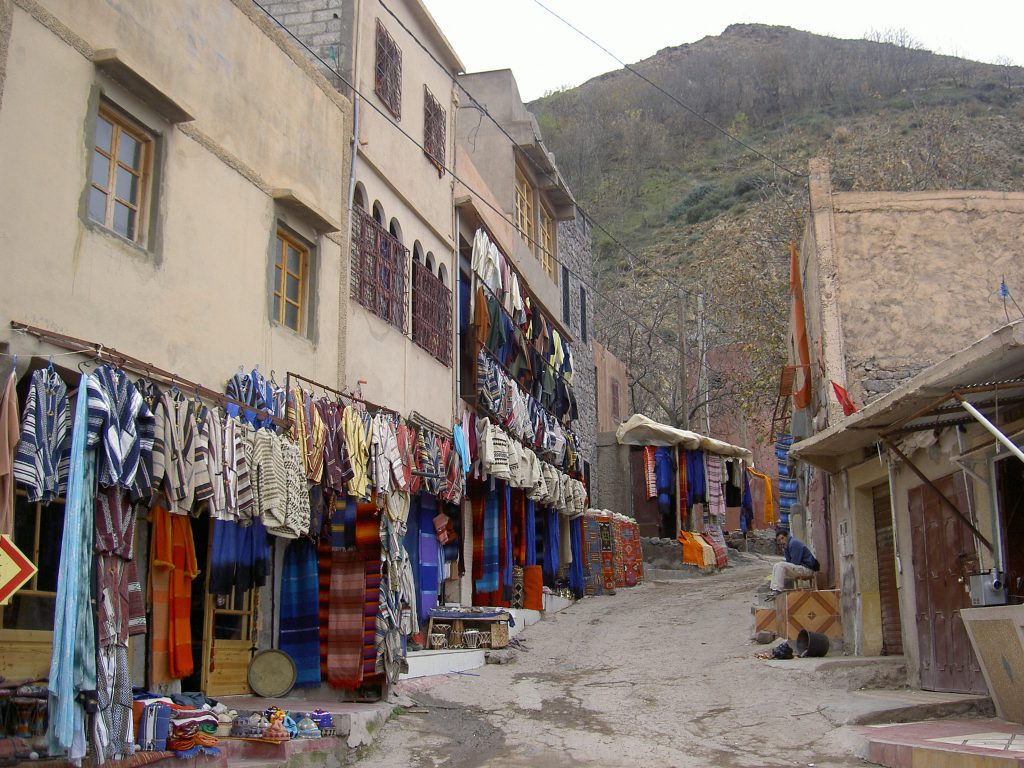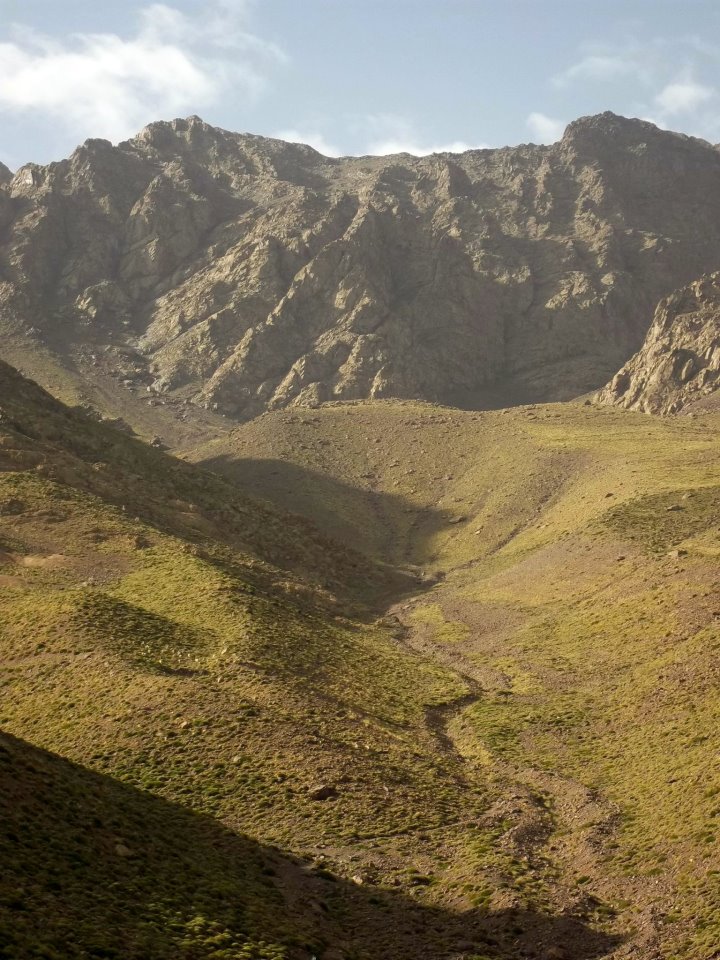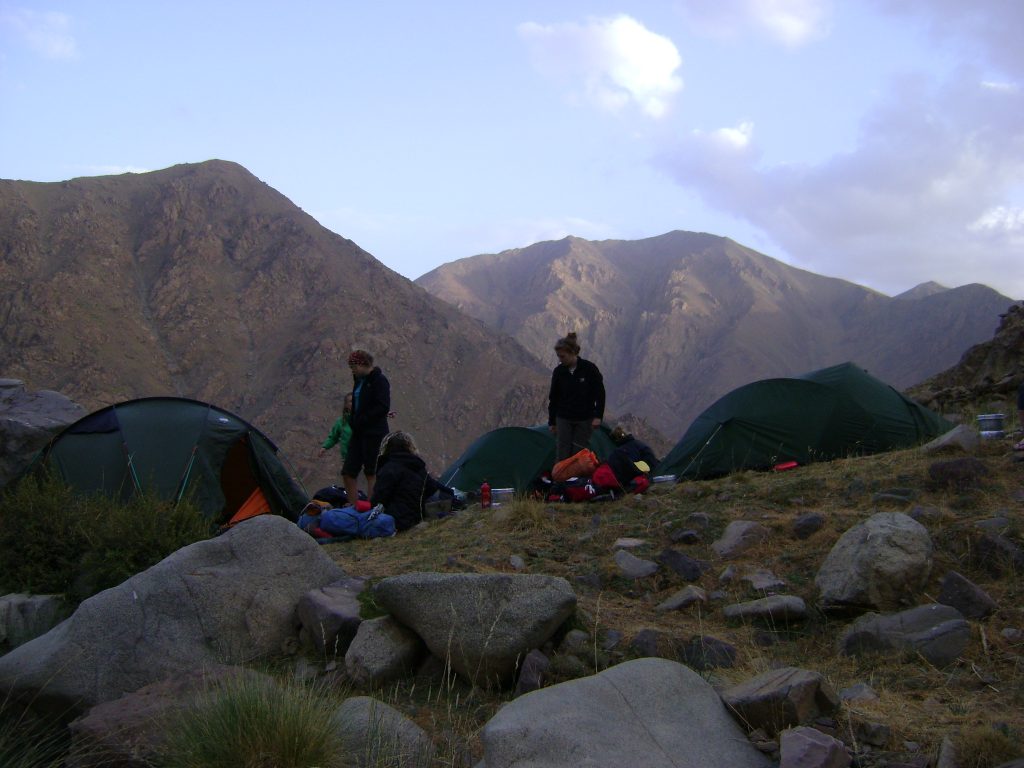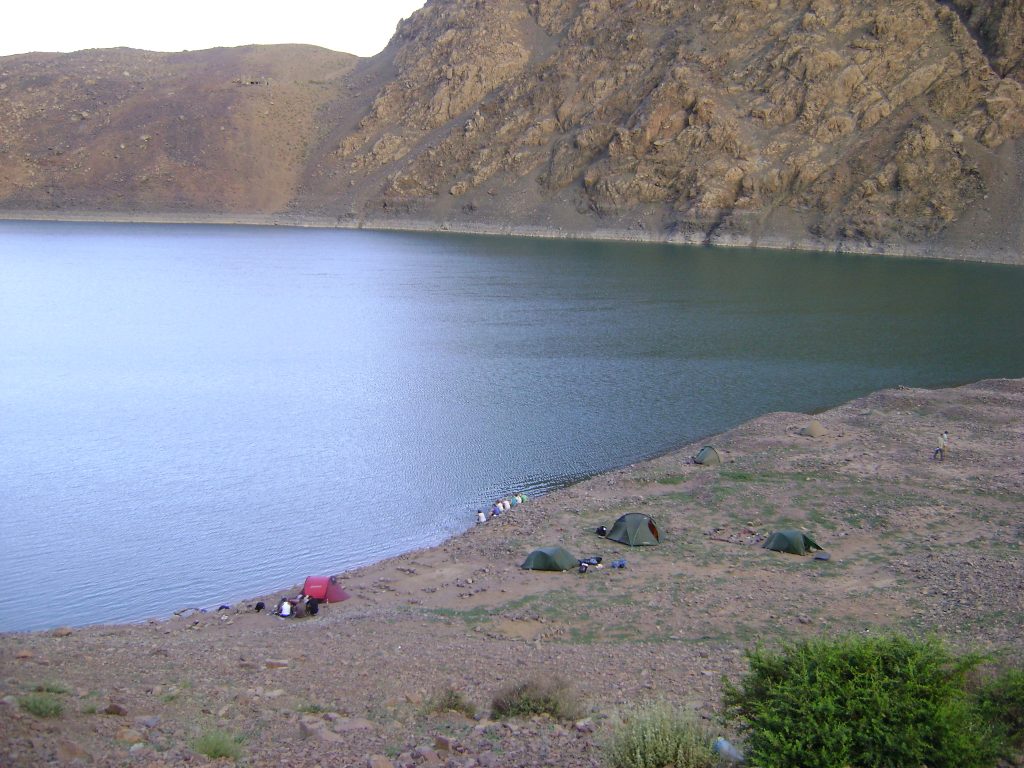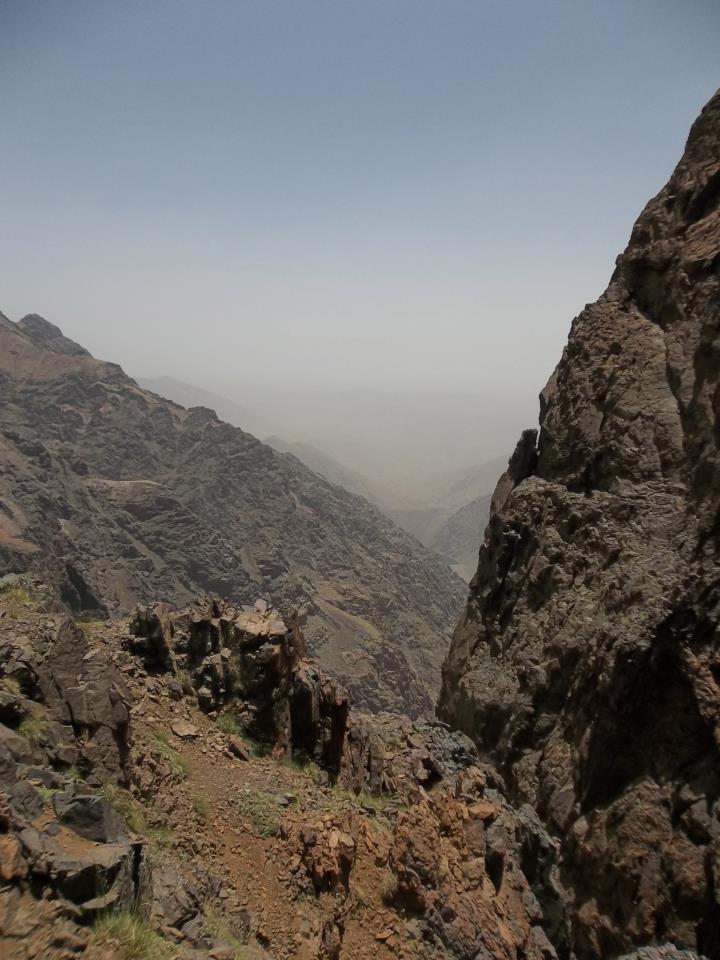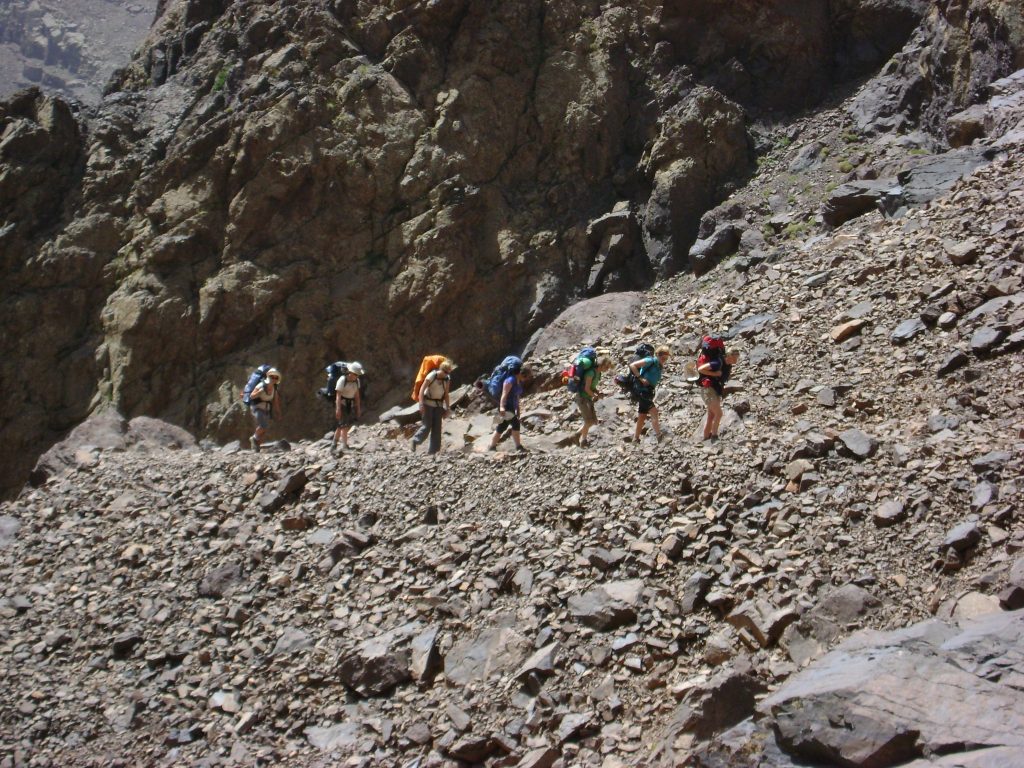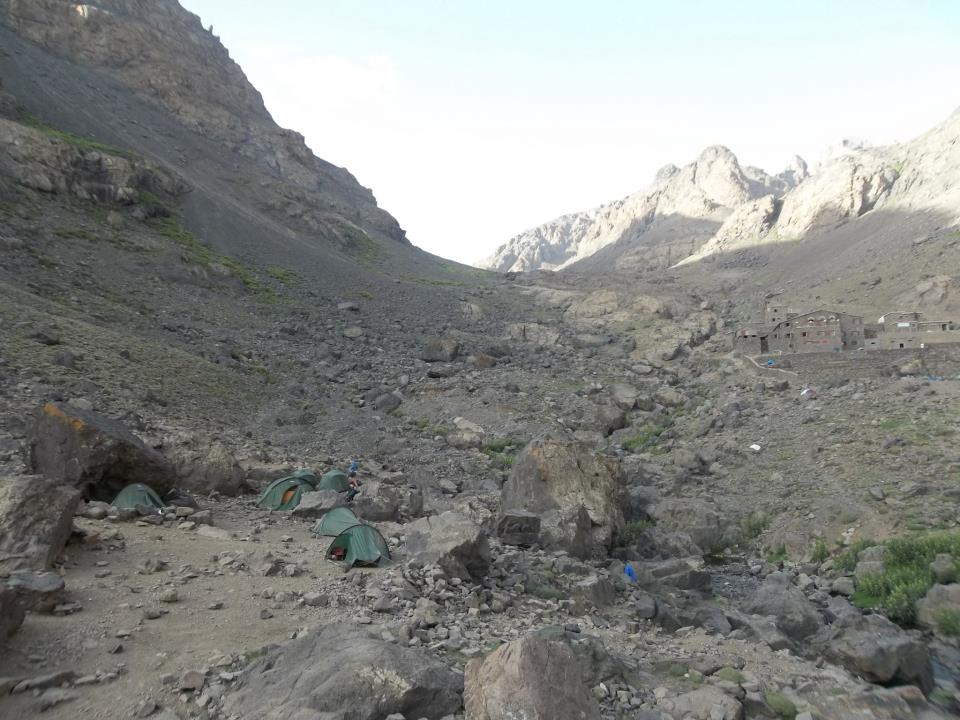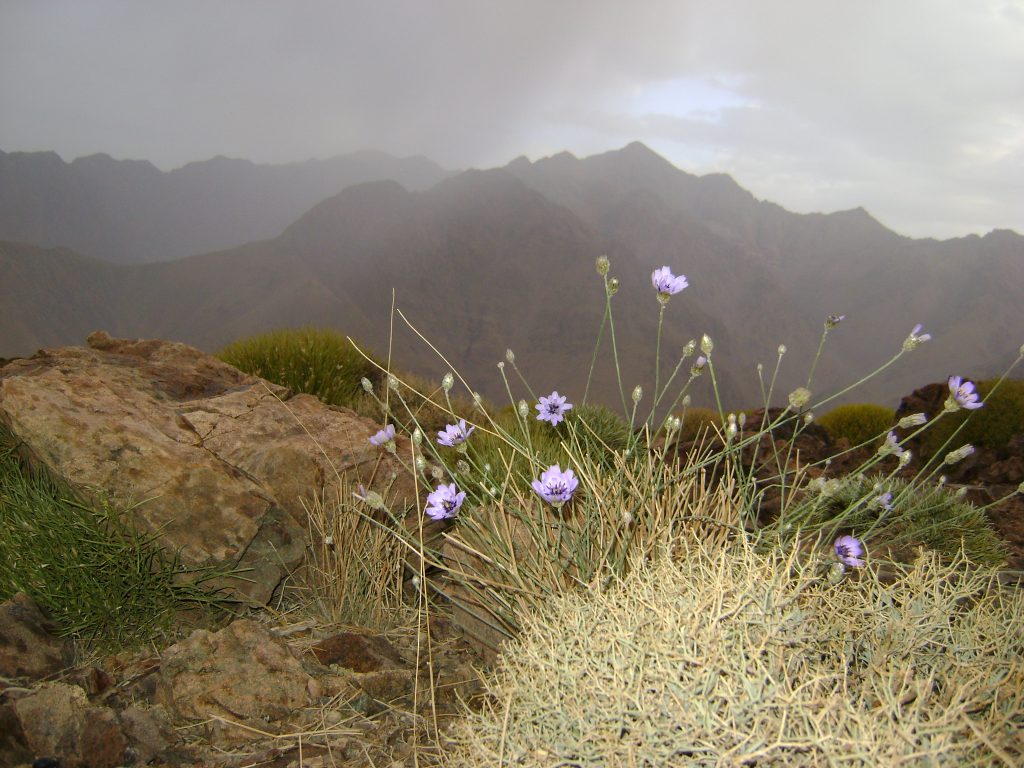It’s July and I am leading a group of Gold DofE students who chose to come on an expedition to Albania from a number of alternative European options. We have passports, tickets, insurance and a credit card, what could go wrong?!!
0400 in London Heathrow airport (our flight was changed from a much more respectable 11am departure) and despite actually having a plane e-ticket one of the students wasn’t on the flight passenger list so wasn’t allowed on the plane! After a few phone calls we sorted the situation out. Hurrah for backup plans!
Three flights (London to Munich; Munich to Ljubljana- Slovenia and then Ljubljana to Tirana) later we were in the beautiful country of Albania in the early afternoon. A 2 hour bus ride took us from Tirana to Shkodër on the Montenegro/ Albanian border. What a magnificent camp site, beautiful lake, super food and amazing place to have as a base camp.
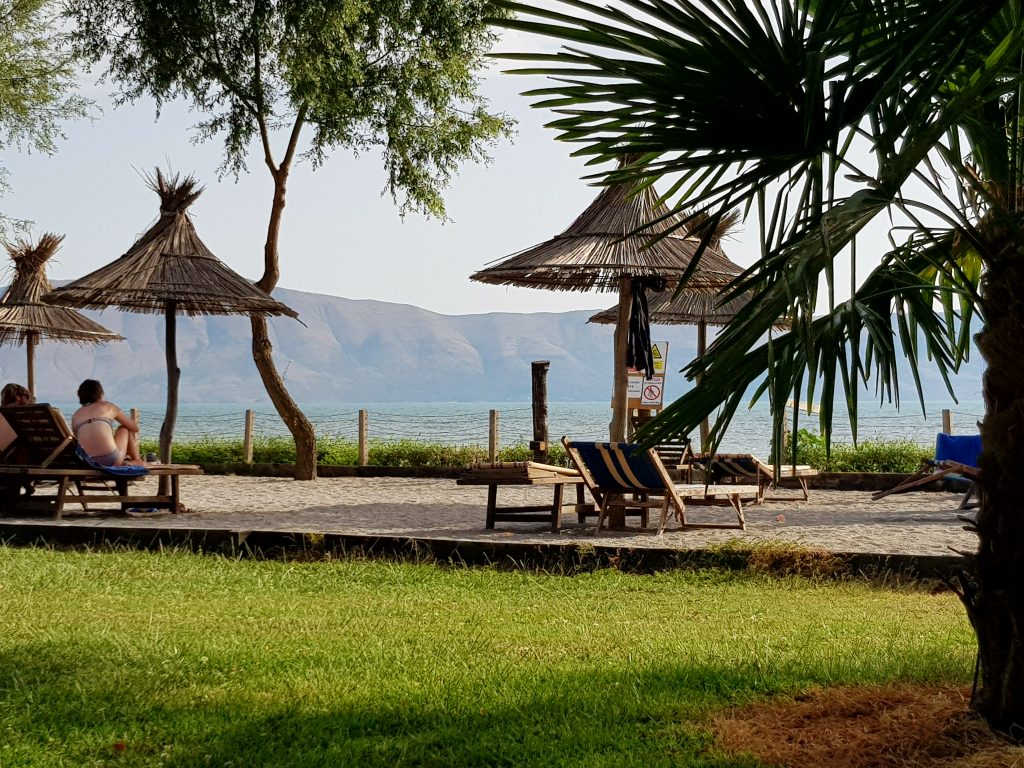
Acclimatisation for a day as the temperatures were in the mid 30s degree Celsius and only just dipping below 25 for the night. We spent two nights on our camp site, before we headed into the Albanian Alps further North. The best way to get there is by boat. Having made contact with Mario Molla using WhatsApp he was expecting us and a 2 hour ferry journey along Lake Komoni led us towards Fierza. Stunning scenery as we chugged our way up the Lake through twists and turns with huge Limestone cliffs either side. The only problem was that it was freezing cold! A storm had rolled in and we were all wearing just about all the clothes we had. The concept of a quick swim would have been perfect if the weather had been good but with the rain (the last time was 3 months ago) no one was keen for a dip.
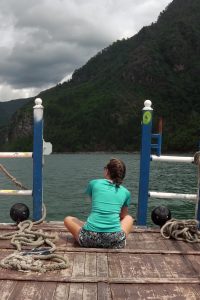
We were met by another bus in Fierza and taken up to Valbone, the end of the road- literally by late afternoon.
Valbona 960m
We found a good camp site with WiFi (unusual) and electricity that ran off a generator- and it was warm inside. The camp site owners managed to cook up for us a selection of meats and vegetables for a very reasonable price. Despite it being mid summer the temperatures outside were cold- probably about 8 or 9 degrees, with a strong wind and rain. It felt little different from other alpine villages in summer when a storm rolls in.
Through the night the rain cleared and we were met with beautiful blue sky as we headed off on our trek.
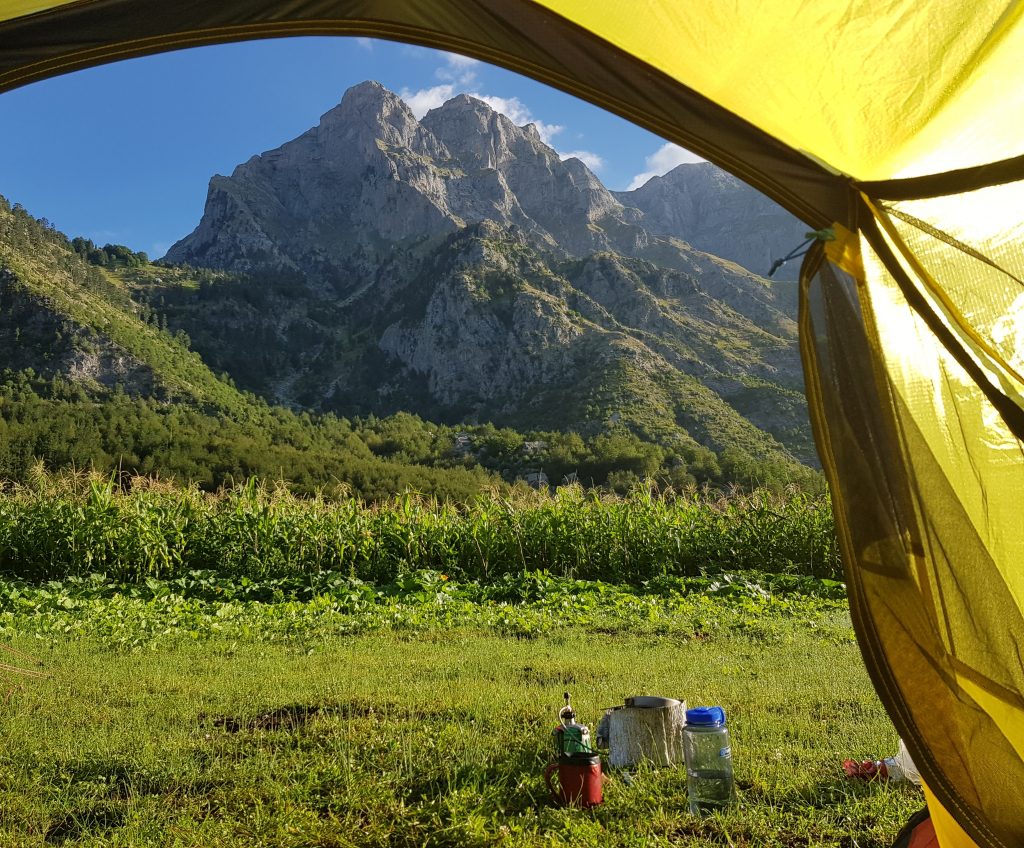
Day 1 Valbona to Çeremi 1200m 4 hours +500m height gain
A bright blue skied morning saw us leave the camp site, head down the valley towards our left hand turn up another valley . Despite having a chat with the group at the junction, they decided to walk even further down the road and added a couple of Kms to their trek. We took the direct route and headed up the valley following the reasonably well marked trail. The main excitement of the morning was when we stumbled on the tunnelling operation. I was met by an Albanian running towards me waving his hands around clearly not keen on us continuing towards the works- a few moments later the loudest “booom” and then a second “boom” like a bomb going off and I could see why he didn’t want me to walk across the mining works.
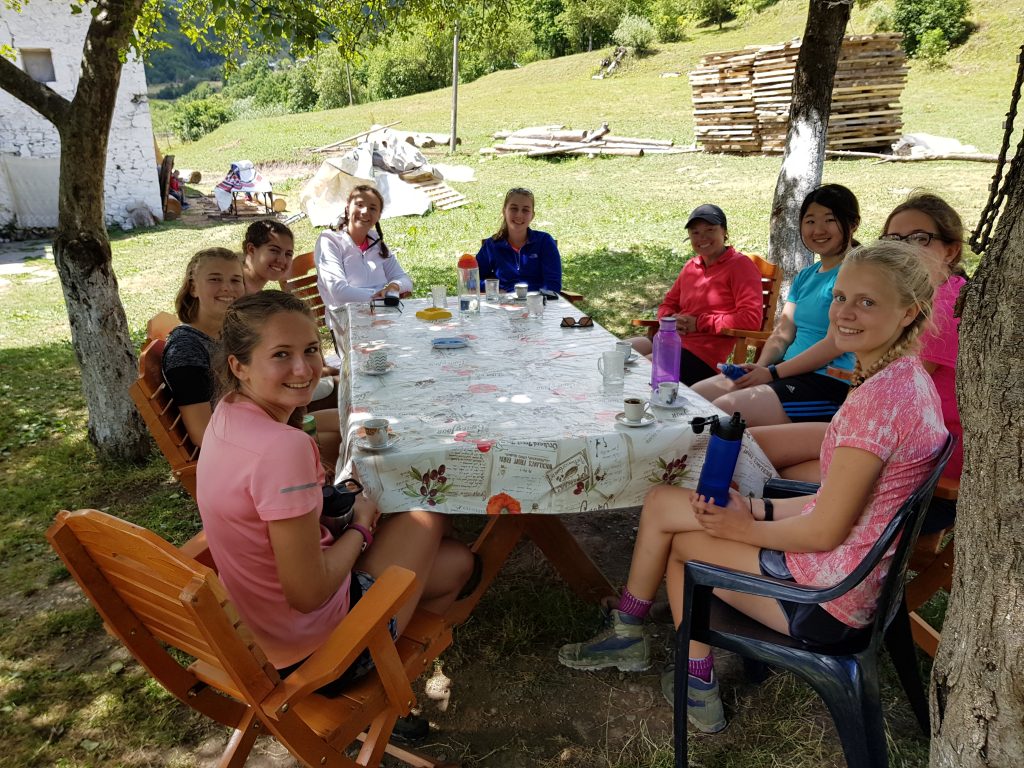
Day 2 Çeremi to Plav (in theory) 10 hours + 600m height gain
The day started well with more blue skies and because of the altitude it was decidedly nippy first thing in the morning. We tagged behind the group watching their movements. About 15 minutes from the campsite we saw a Y shaped junction and instead of taking the right hand branch we headed left! The upshot of this was that the path led us to the boarder with Montenegro, however, it wasn’t our planned border crossing and we were on the wrong path heading in the wrong direction!
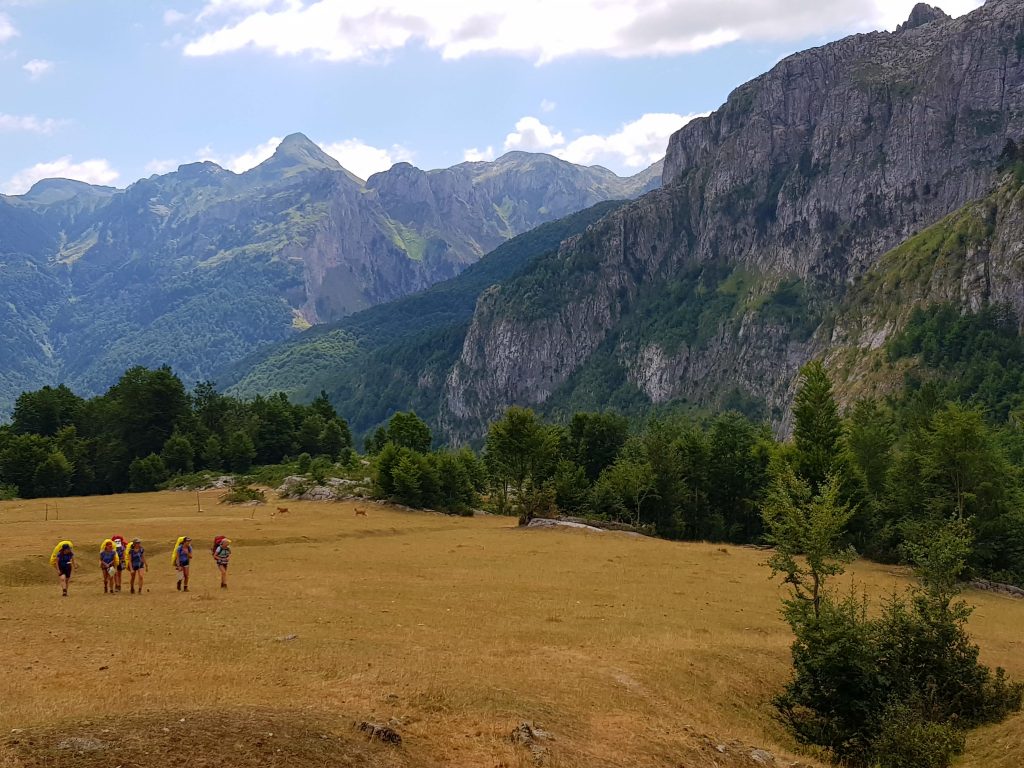
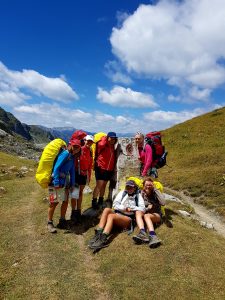
Having crossed the border and relocated ourselves we had to adjust the route for the next 1 1/2 days to bring us back into line. We followed a path heading towards Plav. Amazing views down towards the valley below we decided to camp on top next to some shepherds and their sheep. The advantage of this was that they had guns to shoot bears and wolves (which the locals proudly showed us and fired off a couple of shots). There was (to me) safety in numbers and the view from our camp site was incredible, the sun setting on the mountains nearby.
With tales of bears and wolves from the Shepherds the rest of the group were a little bit jittery that night but we were able to look out through the night onto amazing star constellations and the band of the Milky way streaming across the sky.
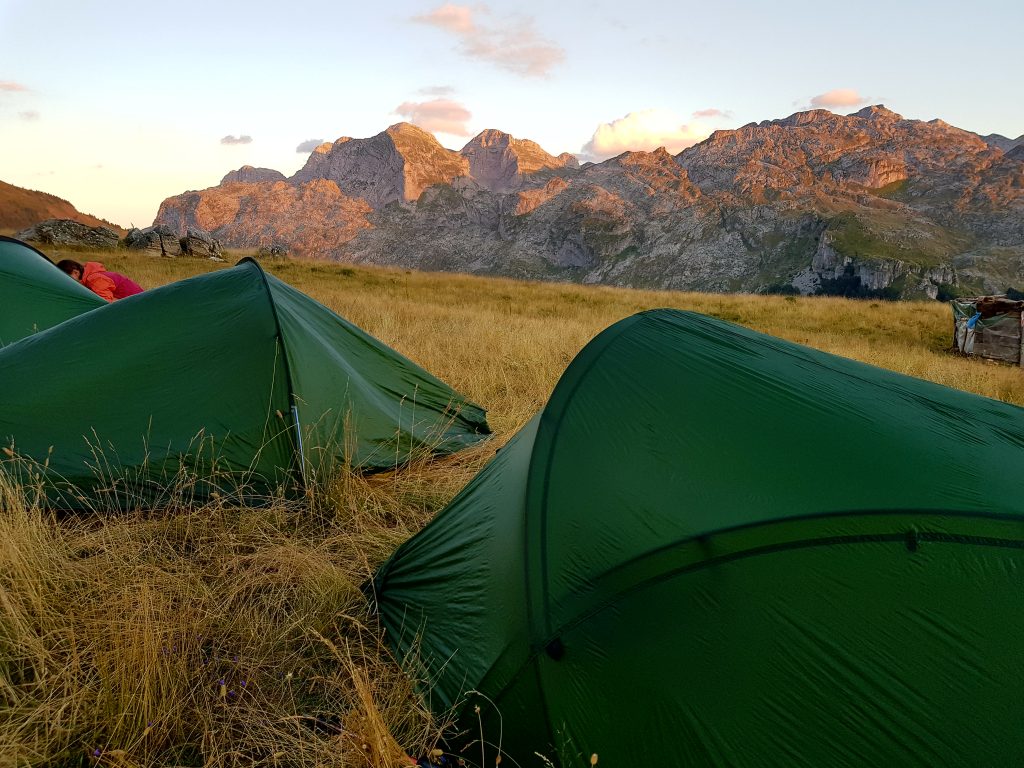

Day 3 Hillside outside Plav to Liqenet e-Gjeshtarjes (dry lake) via Gusinje 8 hours 450m height gain
Having met up with the group again at lunchtime we started trekking back up hill towards Albania and the border crossing, our planned campsite around a lake which should have been about 6-700m in length. Sitting at 1300m it would have been comfortably cool at night and made for a good plan. However, on arriving at the lake it was completely dry and devoid of water. It was about 5pm and we were very low on water. What made matters worse was that we met another group of girls coming towards us saying that they had not found water at all. We hunted around for a possible dribble of water but nothing was found and we set up camp that night eating any food that didn’t need to be re-hydrated.
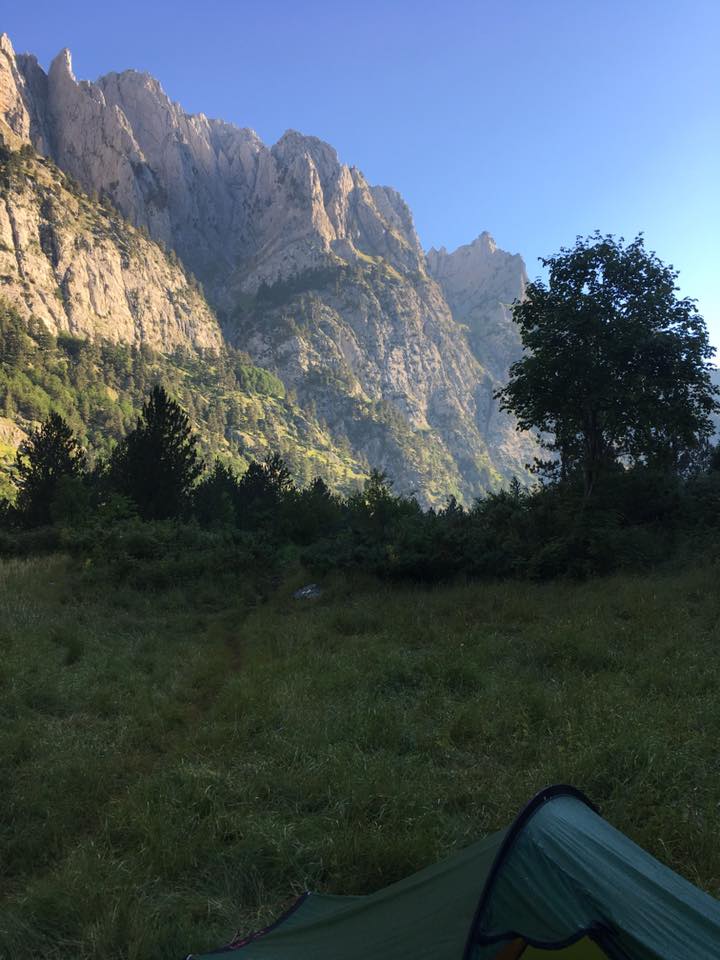
Day 4 Liqenet e-Gjeshtarjes to Thethi 7 hours + 550m height gain
As we had nothing to drink by the morning I was up super early as the sun rose and headed off in search of water up the valley. Fortunately after about 1/2 hour came across a shepherds house with water, a series of baths and somewhere comfortable to sit. Communication with the locals was always possible and we managed to connect using my Italian (just add ‘io’ to the end of most French words) which was understood by the Shepherds. What we were able to offer them was battery power, one of them had a Samsung mobile that needed charging and we had spare power so were able to charge up their phone in exchange for fresh milk- delicious addition to my morning coffee.

Having seen the group through the border all that remained was the steep descent into Thethi and the end of our trek. We passed numbers of people coming up the valley towards us and I was very glad to be descending this path. We arrived in Thethi (also with free phone calls and WiFi!) and stayed at a lovely little camp site just behind the visitor centre. The chance to have a shower and clean up was superb and even though a dribble came out of the tap it was great to freshen up again.
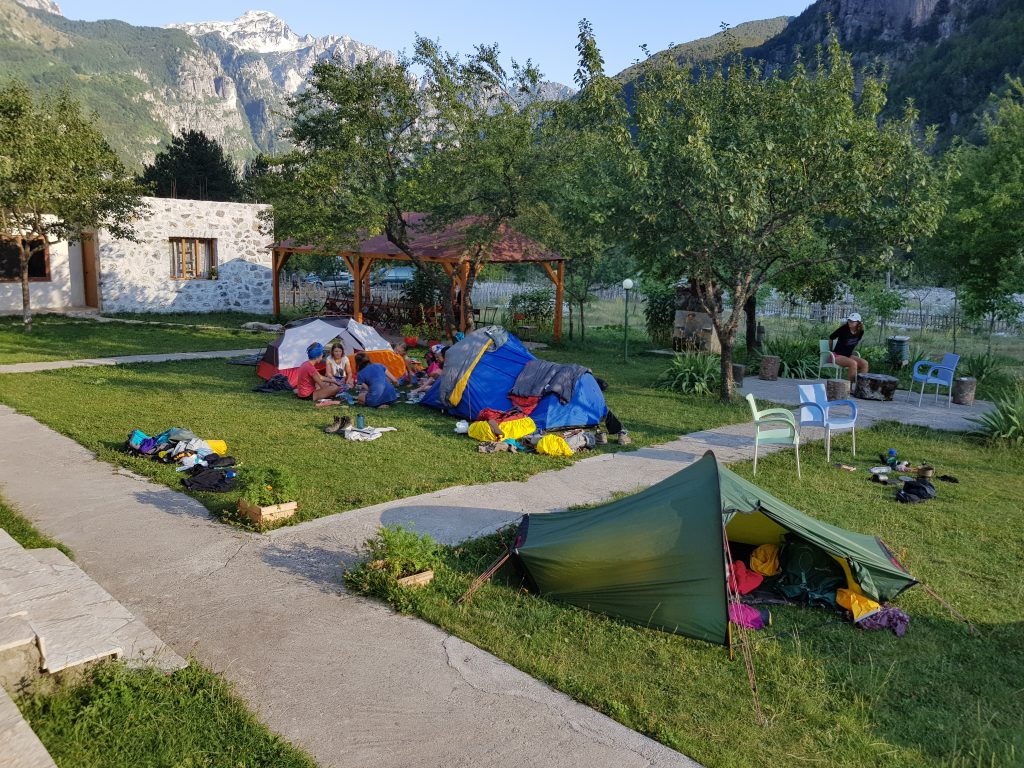
Thethi to Shkodër
A 3 hour bus journey along a very bumpy road out of Thethi took us back to our base camp and the Shkodra resort. We were back by lunch time and were able to swim in the lake all afternoon and watch the sun set that night. A great way to end the trip.
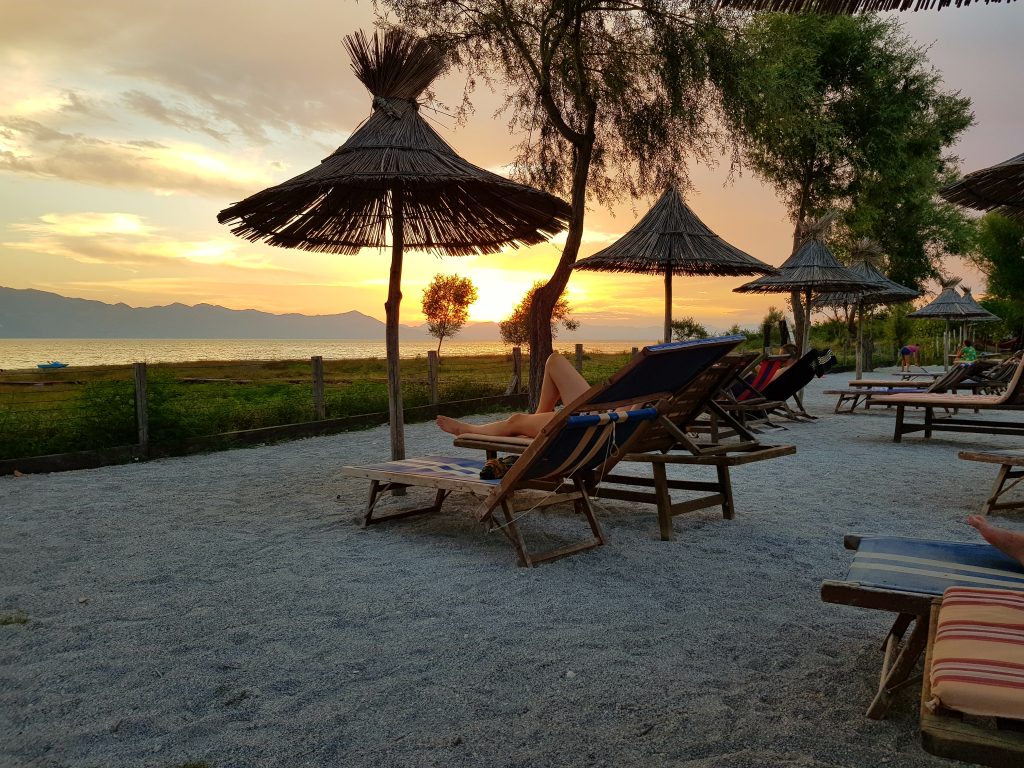
Finally some useful (?) information for trekking in Albania
- The Lek is the official old currency for the country but you can just use Euros instead. You can get Leks from Banks in Tirana and if you buy items with Leks you will probably get change from Leks. Most people will quote you prices in Euros. You cannot get hold of Leks until you get into Albania and then if you don’t change them before you leave they are useless to exchange.
- The Euros work everywhere and there are quite a few ATMs where you can get Euros out. But be warned, there are no ATMs in the mountains!
- You can use your phone for free in Albania as it is part of the European network, if you use your phone in Montenegro it will cost considerably more as they do not seem (at the time of writing) to be part of the same European Roaming Network
- People are very friendly and my experience is that they will try to help you rather than rip you off
- Agree a price for camping before you pitch your tent, it may well work out very expensive if you don’t
- The trails are well marked, you just need to know what you are looking for along the way
Have fun in this amazing country, have a browse of a few images from this trek.
[ngg_images source=”galleries” container_ids=”1″ display_type=”photocrati-nextgen_basic_slideshow” gallery_width=”600″ gallery_height=”400″ cycle_effect=”fade” cycle_interval=”5″ show_thumbnail_link=”1″ thumbnail_link_text=”[Show thumbnails]” order_by=”sortorder” order_direction=”ASC” returns=”included” maximum_entity_count=”500″]
Links
http://www.journeytovalbona.com/ if you want to find out more detail about Valbona
https://www.lakeshkodraresort.com/ for possibly the best base camp campsite ever on Lake Shkodra
